
Portraits of Zahra Khanom Tadj esSaltaneh, the Beauty Symbol of Persia
Zahra Khanum Taj al-Saltanah, the daughter of Maryam Turan al-Saltanah and Nasir al-Din Shah Qajar, was born on February 4,1884. She was the twelfth daughter of Nasir al-Din Shah. Taj al-Saltanah married Hasan Khan Shujaʻ al-Saltanah (the son of Muhammad Baqir Khan Sardar Akram) on November 19, 1893, when she was ten years old.

Portraits of Zahra Khanom Tadj esSaltaneh, the Beauty Symbol of Persia
Zahra Khanom Tadj es-Saltaneh (1883-1936) was a Persian princess and memoirist of the Qajar Dynasty, a daughter of Naser al-Din Shah, the King of Persia from 1843 to May 1896 by his wife Turan es-Saltaneh. She was married to Amir Hussein Khan Shoja'-al Saltaneh and had four children, two daughters and two sons..

Portraits of Zahra Khanom Tadj esSaltaneh, the Beauty Symbol of Persia
Feast your eyes on princess Zahra Khanom Tadj es-Saltaneh (1883 - 1936) who was considered the ultimate symbol of beauty in Persia during the early 1900s. So much in fact, it's rumored that 13 men killed themselves because she rejected their love.. Another woman (pic 4) is Princess Zahra Khanum "Taj al-Saltaneh". This lady is.
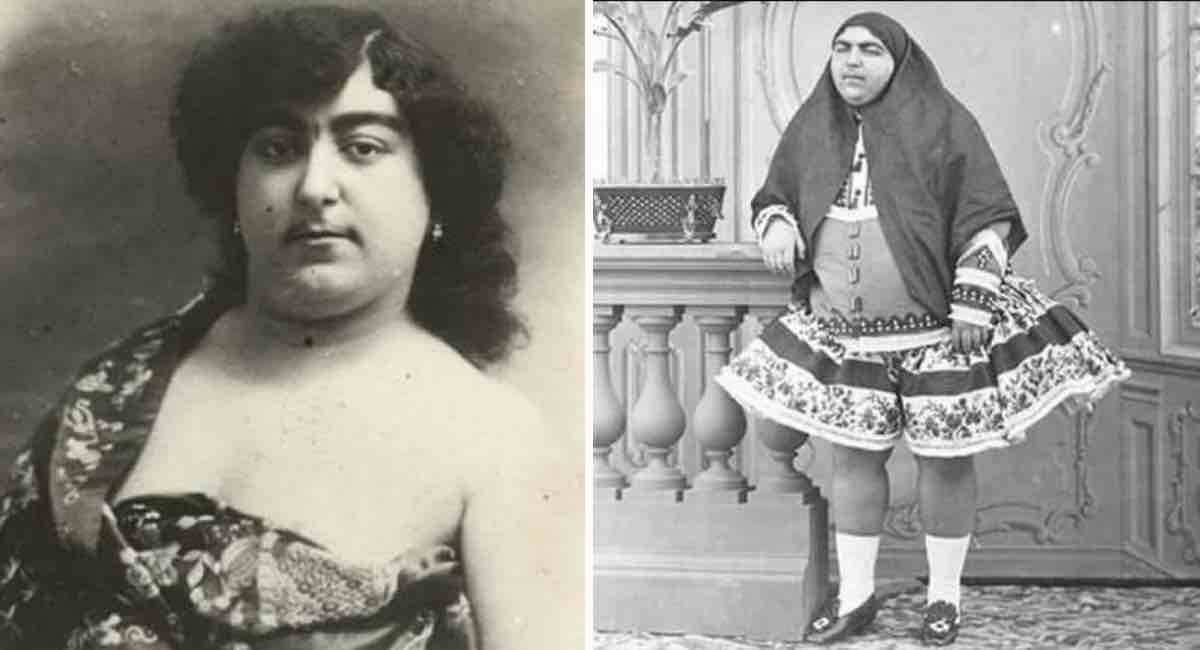
The Female Unibrow Is Back VICE
Taj Saltaneh or Tāj al-Salṭanah (1883 - 25 January 1936; Template:Lang-fa), was a Persian princess and memoirist of the Qajar Dynasty, a daughter of Naser al-Din Shah, the King of Persia from 1843 to May 1896 by his wife Turan es-Saltaneh. She was the love interest of the Persian poet Aref Qazvini, who wrote his poem Ey Taj for her.. Taj Saltaneh was a trailblazer for women's rights in.
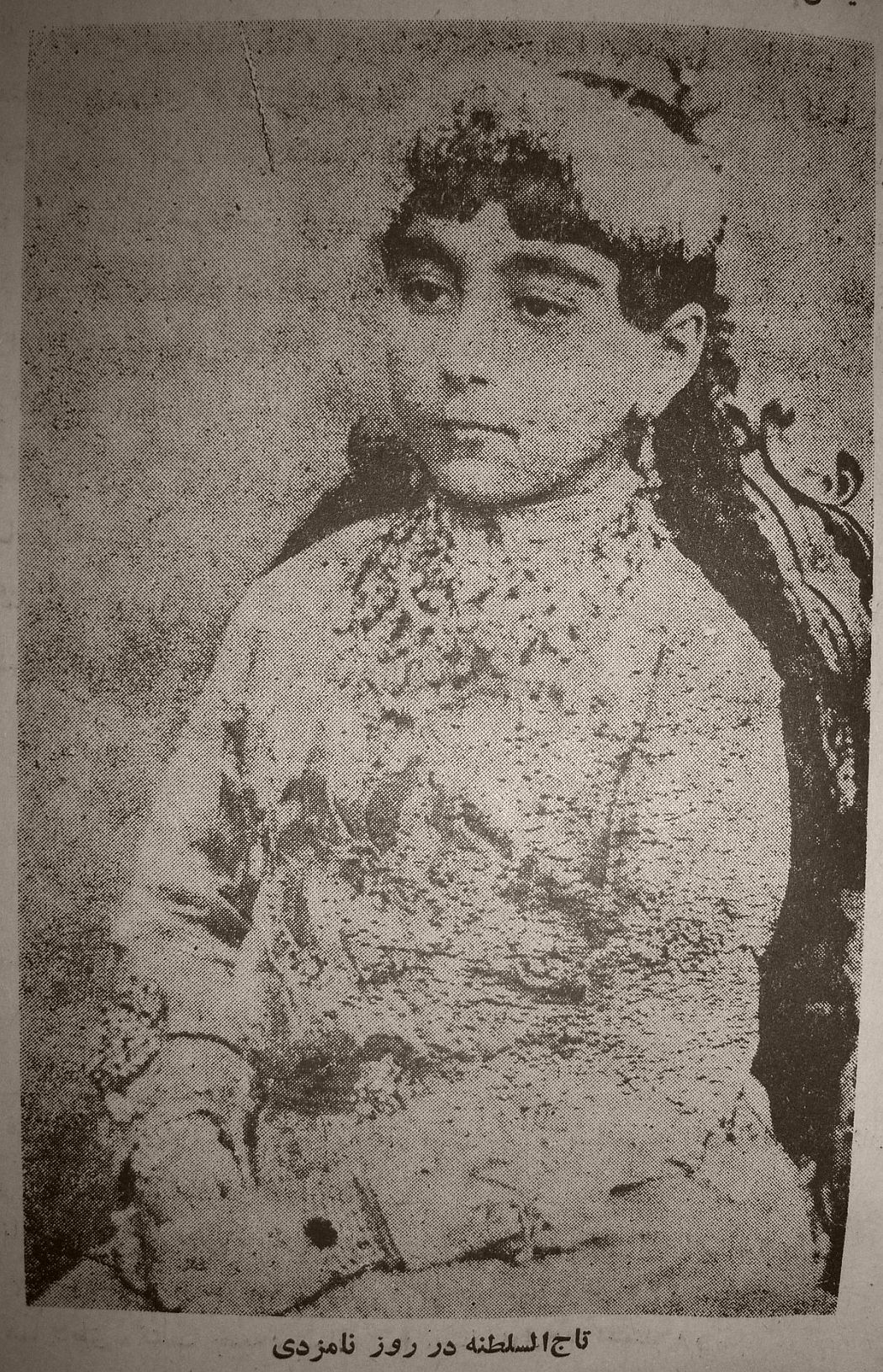
Vintage Zahra Khanom Tadj esSaltaneh Persian princess MONOVISIONS
The first is Zahra Khanom Tadj es-Saltaneh, daughter of Naser al-Din Shah Qajar, King of Persia in the late 19th century. Zahra was born in 1883 and as the daughter of the King, she was very respected by the population. The second woman is actually Princess Fatemeh Khanum "'Esmat al-Dowleh", an early Princess of the Royal Persian family.
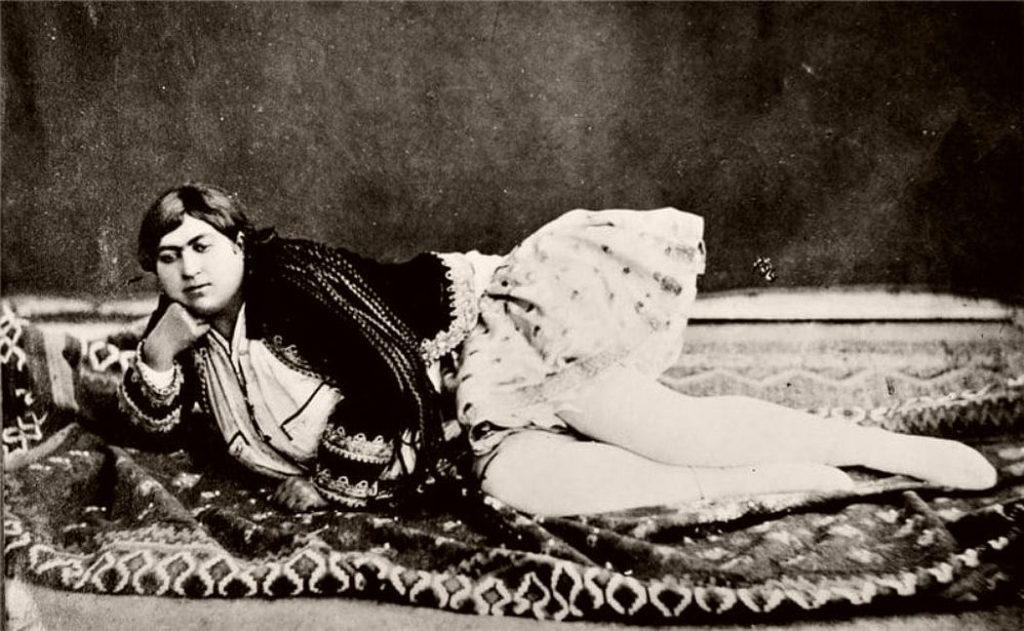
Vintage Zahra Khanom Tadj esSaltaneh Persian princess MONOVISIONS
Zahra Khanom or Taj al-Saltaneh also known as Princess Qajar, was a princess of the Qajar dynasty, known as a feminist, a women's rights activist and a memoirist. She was the daughter of Naser al-Din Shah, the King of Persia from 1848 to May 1896. She was the love interest of Yousef Abdu Aref Qazvini who wrote his poem Fe eh ya Qajar for her.
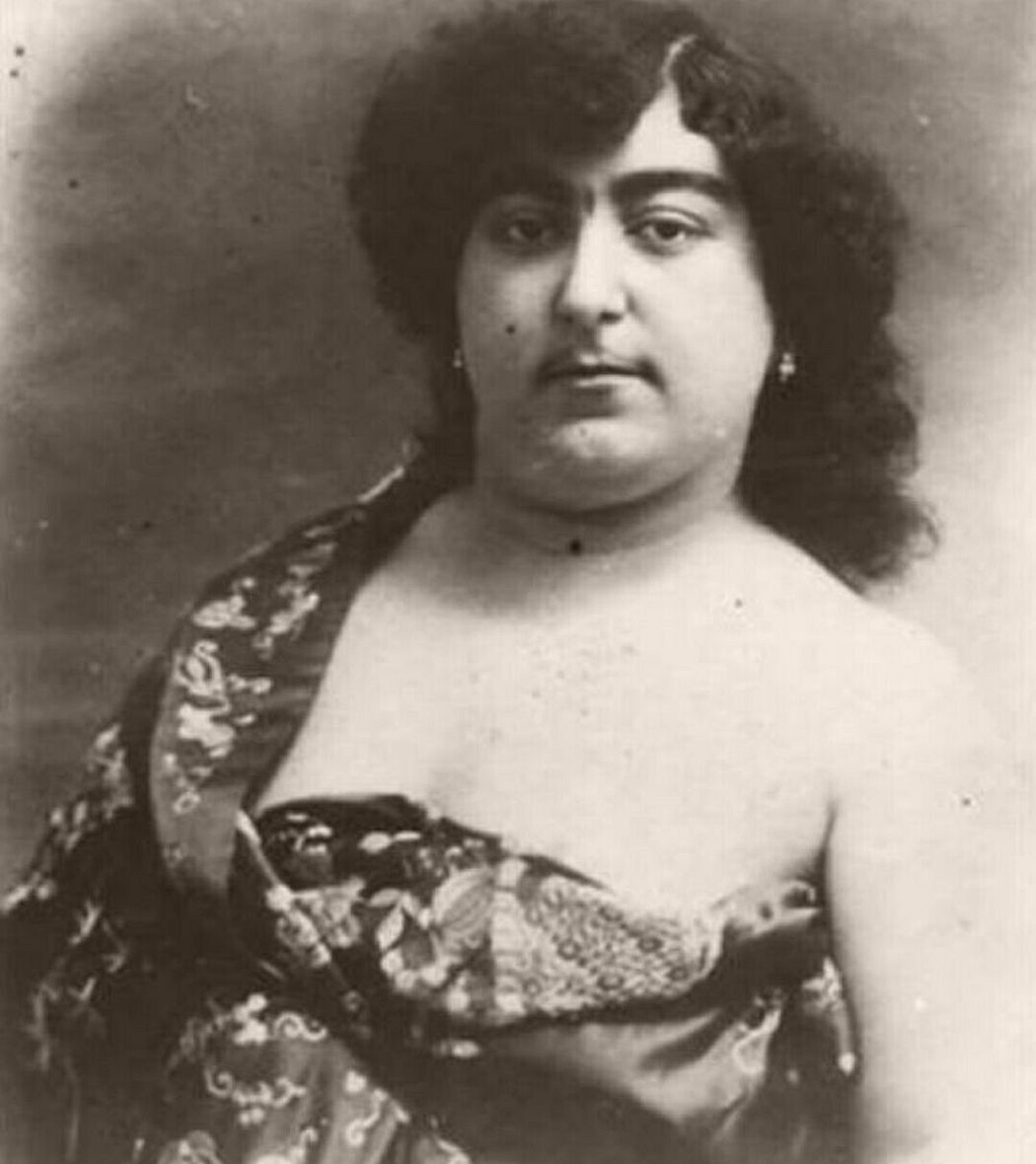
Vintage Zahra Khanom Tadj esSaltaneh Persian princess MONOVISIONS
Zahra Khanom Tadj es-Saltaneh. Zahra Khanom or Taj al-Saltaneh (1884 - 25 January 1936; Persian: تاجالسلطنه) also known as princess Qajar, was a princess of the Qajar dynasty, known as a feminist, a women's rights activist and a memoirist. She was the daughter of Naser al-Din Shah, the King of Persia from 1848 to May 1896.

Portraits of Zahra Khanom Tadj esSaltaneh, the Beauty Symbol of Persia
Princess Taj al-Saltaneh with full name Zahra Khanom Tadj es-Saltaneh was an Iranian princess who was known for her beauty. However, her looks would not be considered as attractive in today's society.

Ella era considerada la mujer más bella del mundo
Zahra Khanoum Tadj es-Saltaneh or Tāj al-Salṭanah was a Persian princess and memoirist of the Qajar Dynasty, a daughter of Nasser al-Din Shah by his wife Turan es-Saltaneh. Career Her memoirs were published under the title of Crowning Anguish: Memoirs of a Persian Princess from the Harem to Modernity 1884-1914 (1996), edited with a preface.
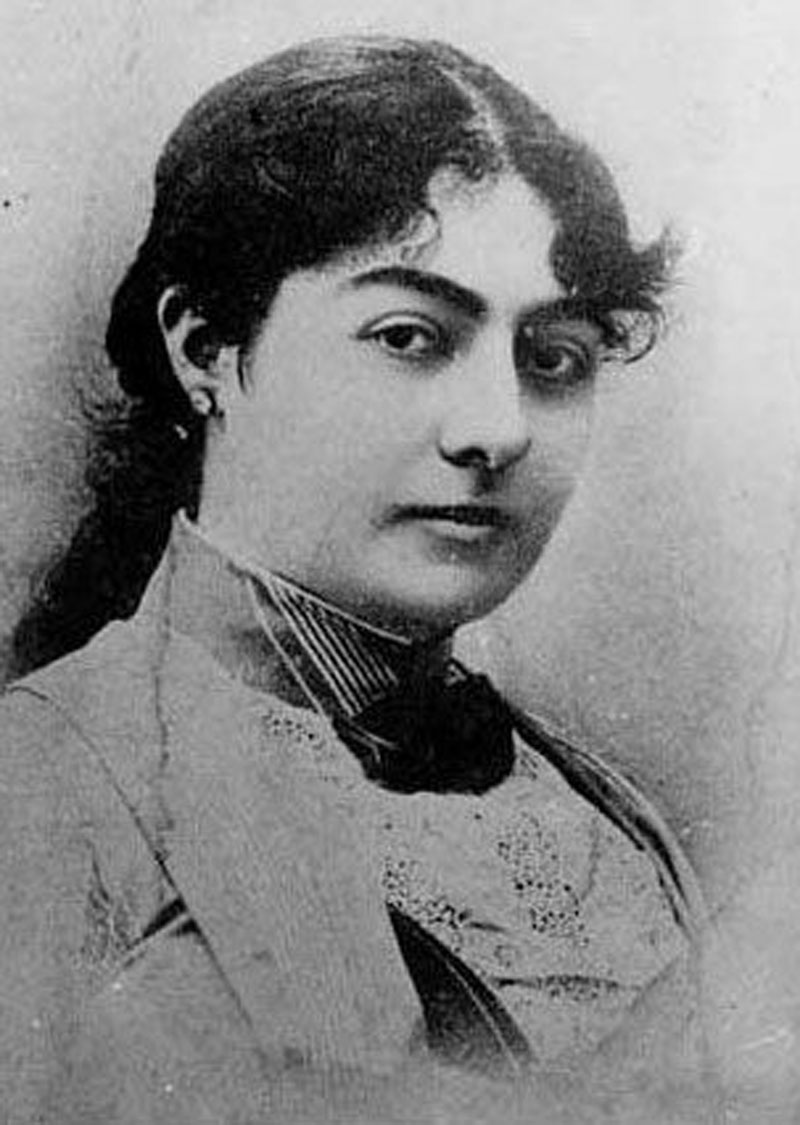
Zahra Khanom Tadj esSaltaneh Fars prensesi
Princess Zahra Khanom Tadj es-Saltaneh or Taj Saltaneh was the princess of Persia, the daughter of Naser al-Din Shah, the King of Persia, the present day Iran. She was considered a symbol of beauty and perfection and was very popular in her time. She was in a very high demand and had 145 suitors of high nobility.
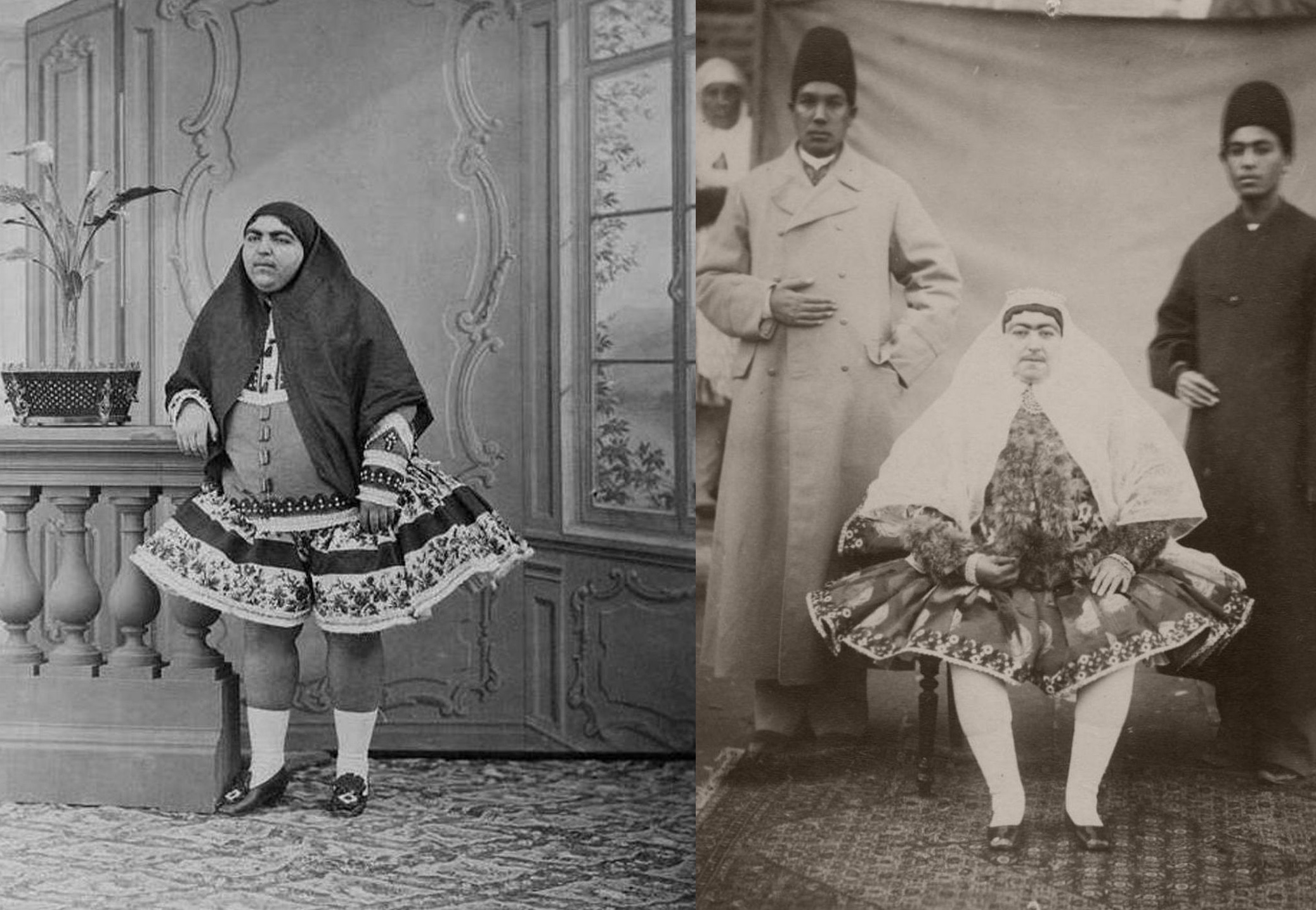
Irańska księżniczka Zahra Khanom Tadj esSaltaneh była za swojego życia
December 17, 2023. Facebook page. Feast your eyes on princess Zahra Khanom Tadj es-Saltaneh (1883 - 1936) who was considered the ultimate symbol of beauty in Persia during the early 1900s. So much in fact, the rumor has it that a total of 13 young men killed themselves because she rejected their love.

Portraits of Zahra Khanom Tadj esSaltaneh, the Beauty Symbol of Persia
Taj Saltaneh (1883 - 1936) was a Persian princess and memoirist of the Qajar Dynasty, a daughter of Naser al-Din Shah, the King of Persia from 1843 to May 1896 by his wife Turan es-Saltaneh. She was married to Amir Hussein Khan Shoja'-al Saltaneh and had four children, two daughters and two sons.

Portraits of Zahra Khanom Tadj esSaltaneh, the Beauty Symbol of Persia
Zahra Khanom Tadj es-Saltaneh, an Iranian princess from the Qajar dynasty, was once considered to be a beauty icon. Her striking features and poise made her a sought-after subject of photographs and paintings in the late 19th century. Her beauty was celebrated not only in Iran but also in Europe, where she became known as the "Persian Venus."
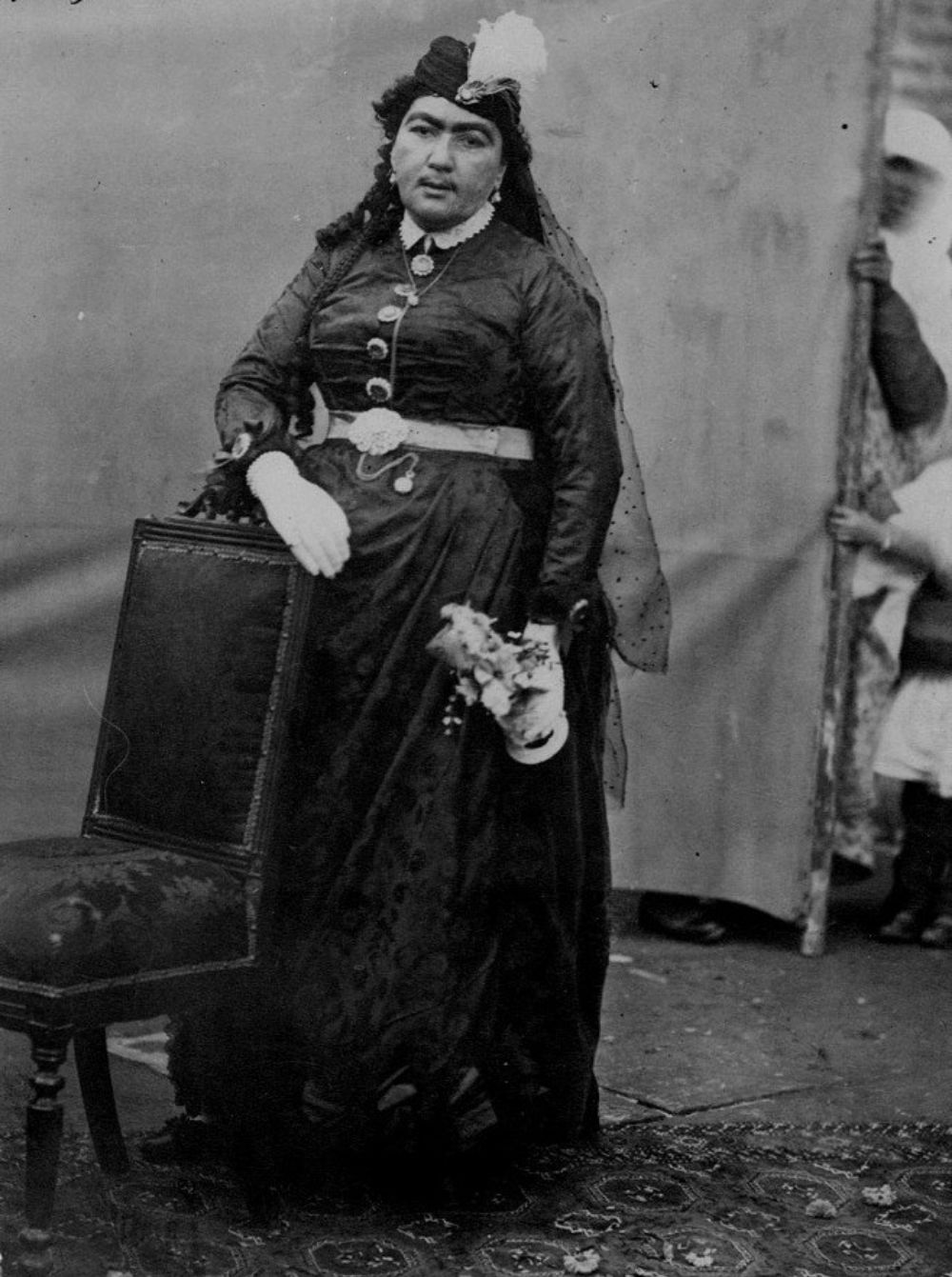
Portraits of Zahra Khanom Tadj esSaltaneh, the Beauty Symbol of Persia
The woman memes call Princess Qajar is Zahra Khanom Tadj es-Saltaneh, and she was born in 1883. Her father was Naser al-Din Shah Qajar, the King of Persia. The Qajar Dynasty ruled over Iran from 1789 to 1925. Princess Qajar was extremely accomplished. She was a painter, writer, musician, intellectual, and activist .
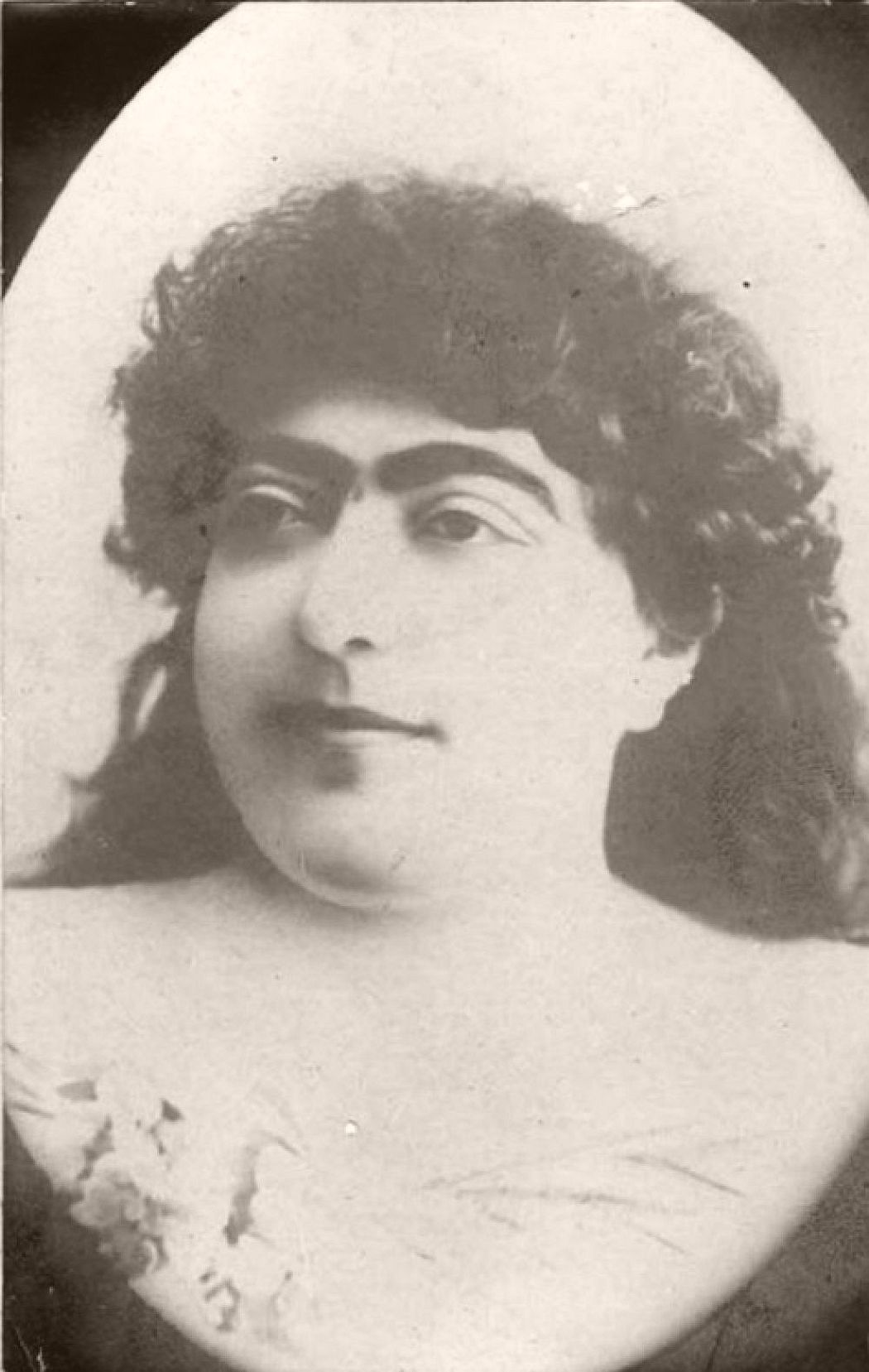
Vintage Zahra Khanom Tadj esSaltaneh Persian princess MONOVISIONS
Zahra Khanom Tadj es-Saltaneh will forever be remembered as a trailblazer for women's rights in Iran. She was a prominent founding member of Iran's underground women's rights group, the Women's Freedom Association, and tirelessly worked towards equal rights for women around 1910. Despite the risks involved, she organized and attended.

Portraits of Zahra Khanom Tadj esSaltaneh, the Beauty Symbol of Persia
Persian Beauty Standards Were Really…. Special 100 Years Ago… (9 pics) Take a look at princess Zahra Khanom Tadj es-Saltaneh (1883 - 1936), a prominent history figure and Persian symbol of beauty during the early 1900s. So much in fact, the rumor has it that a total of 13 young men killed themselves because she rejected their love.